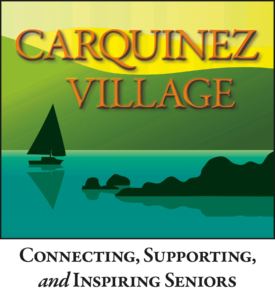By Lois Requist
The World Health Organization has a vision which is to “facilitate the inclusion of older persons to make our world more age-friendly.” The organization believes “An age-friendly world enables people of all ages to actively participate in community activities and treats everyone with respect, regardless of their age.” So what does that look like in reality? I looked for some examples.
Outside of Perth, in Cockburn, Australia, as part of Senior Week, a Senior Flash Mob was held. It was in a shopping center. Participants danced a combination of Zumba, ballroom dancing, and belly dancing. The average ago was 70, while one woman was 86. The purpose: to debunk the stereotypes of what older people can do.
In Melville, Australia, a Fit For Life campaign was developed to encourage older residents to start being physically active or return to being active. The program includes free fitness classes, heavily subsidized gym memberships, and information about the various exercise options.
Melville has a number of programs, including one dealing with housing issues, and another addressing dementia. The city works with Alzheimer’s Western Australia and local businesses and community groups and residents who live with dementia. The aim is to “support people to live well with this condition, while challenging stigma and lack of awareness in the wider community.” Part of this effort is a “Memory Café,” which has become a successful social gathering where people living with dementia can safely and comfortably interact and share experiences.
“Art & Soul,” a program of classical music performed by musicians, becomes a background for artwork being created with the support of an art therapist and volunteers.
LoveFest 2018 was a photographic exhibition and symposium “where people living with dementia and their families could express themselves in a letter, photo, dance or presentation.”
In another part of the world, in Igualada, Spain, a program called Radars is a “local network of prevention and detection of the solitude and isolation of the elderly, where residents, neighbors, traders, volunteers and services are involved in the different neighborhoods of Igualada.”
On the Island of Wight in the United Kingdom, Age Friendly training looks to “address cultural attitudes” about the aging, “focusing on physical barriers, physiological barriers and environmental barriers.”
In St. Louis County, Missouri, they’ve created a Municipal Toolkit from an inventory of the needs and assets of the community for its older people. It includes mapping the community to identify strong points, surveying of seniors, and reviewing municipal buildings and public spaces for their age-friendliness. They’ve built a resource library and created an Older Adult Commission to take steps to make the necessary code modifications and promote more age-friendly development and mobility in the community.
These examples are drawn from the database of the World Health Organization. There are many more communities who are striving to make their area one that has the services needed for seniors, that public spaces are accessible and in good repair, and that housing options are available. If you’d like to read about these communities, go to http://www.who.int/ageing/age-friendly-world/en/.
The AARP, American Association of Retired People has taken a lead by developing a method for communities to follow to become age friendly. That might be something Benicia should consider doing. You might ask yourself how our community could be better for seniors. And, if you talk to anyone running for city council, ask them what qualities we need to have here in order to provide a positive environment for seniors. Something for all of us to think about.







Leave a Reply